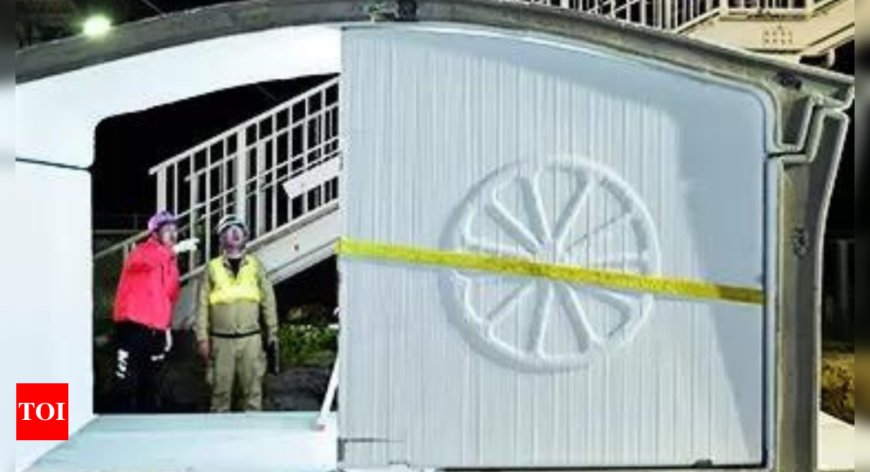How Japan built world's first 3D-printed train station in just 6 hours
How Japan built world's first 3D-printed train station in just 6 hours

How Japan Built the World's First 3D-Printed Train Station in Just 6 Hours
In a groundbreaking feat of engineering and innovation, Japan has unveiled the world’s first 3D-printed train station, completed in an astonishing time frame of just six hours. This remarkable achievement is set to pave the way for future advancements in construction technology and represents a significant leap towards sustainable building practices.
The Concept Behind 3D-Printed Structures
3D printing technology has gained momentum over recent years, especially in the architectural and construction sectors. It allows for the rapid production of complex structures with high precision, reducing waste and time. The train station, designed to serve multiple purposes, stands as a testament to what can be achieved when technology and innovation unite.
Construction Process and Materials Used
The construction of the 3D-printed train station utilized advanced polymer composite materials, which are both lightweight and durable. The entire building process was automated, with large-scale 3D printers laying down the materials layer by layer. This method drastically cuts labor costs and minimizes the environmental footprint associated with traditional construction.
Implications for Future Infrastructure Projects
The successful completion of this 3D-printed train station is an indicator of how such methods can be applied to future infrastructure projects. With urban centers facing population booms and the need for efficient transportation solutions, 3D printing could become a crucial component of city planning and development. News by dharmyuddh.com
Potential Challenges and Considerations
Despite its groundbreaking nature, the 3D-printed train station also raises questions about scalability and regulatory standards. As the technology advances, ensuring safety and compliance with building codes will be essential. The collaboration between engineers, architects, and governmental bodies will play a crucial role in these developments.
Conclusion
Japan's achievement of constructing the world’s first 3D-printed train station in a mere six hours demonstrates the incredible capabilities of modern technology. As this innovation gathers momentum, it has the potential to revolutionize the way we think about building infrastructure. For anyone intrigued by engineering advancements, this news is an exciting glimpse into the future of construction.
For more updates, visit dharmyuddh.com. Keywords: Japan 3D-printed train station, 3D printing technology construction, world's first 3D train station, sustainable building practices Japan, future of infrastructure 3D printing, rapid construction technology news, innovative engineering solutions, polymer composite materials in construction.







